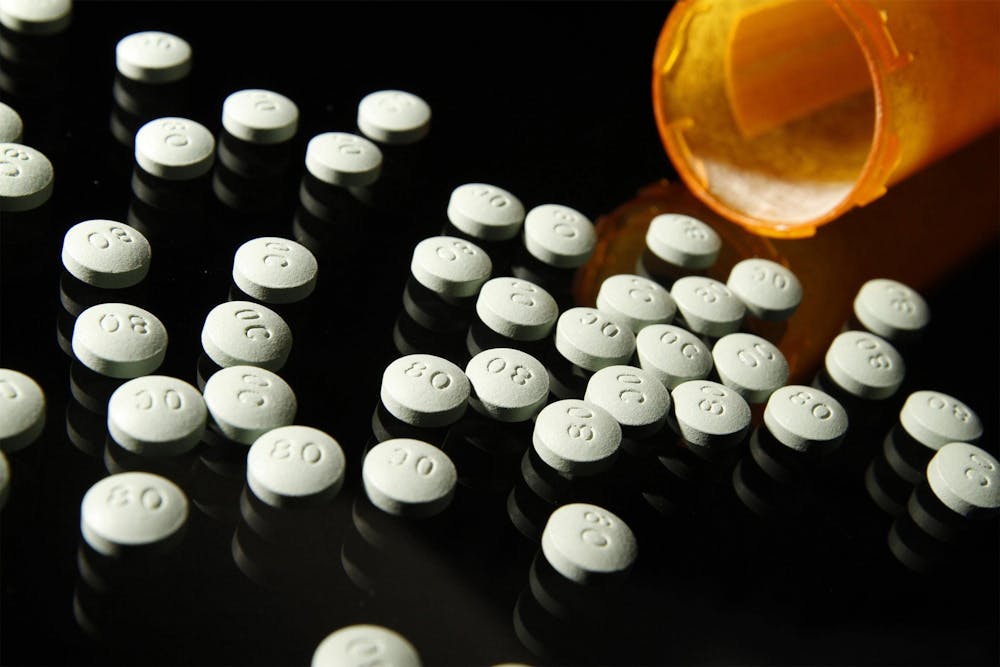Fentanyl-related overdoses and deaths are rising at an alarming rate in Monroe County, government officials warn.
Accidental overdoses involving fentanyl in Monroe County nearly doubled from 24 to 47 between 2019 and 2020, Monroe County Coroner Joani Stalcup said.
“This year we’re on pace to see that many overdoses if not outdo that number,” Stalcup said.
Stalcup said overdoses happen across demographic lines. She’s seen overdoses in people as young as 18 and as old as 70, with no discrepancy between gender or race.
Fentanyl is an opioid 50 times more potent than heroin and 100 times more potent than morphine, Drug Enforcement Administration Agent Michael Gannon said. While it can be used in miniscule doses to treat severe pain according to the Centers for Disease Control and Prevention, Gannon said the danger comes from inexperienced chemists lacing other drugs with lethal doses of fentanyl.
“One pill can kill,” Gannon said. “A lethal dose of fentanyl is 2 milligrams, which is almost nothing. A typical sugar packet has 2 to 4 grams, which is thousands of milligrams.”
Gannon is the DEA assistant special agent in charge of overseeing operations in Central and Southern Indiana, including Indianapolis and Monroe County. The DEA seized over 100,000 fentanyl-laced pills in his jurisdiction in 2021, as well as enough kilograms of powdered fentanyl to potentially kill 27 million people.
The rise of fentanyl is not exclusive to Indiana. Gannon said the DEA seized 2.6 million pills nationwide in 2019, which increased to 6.8 million in 2020. More than 9.6 million pills have been seized thus far in 2021, 40% of which contain a lethal dosage of fentanyl, according to Gannon. Both Gannon and the CDC agreed the COVID-19 pandemic is responsible for much of the surge in overdoses.
“Every time you take a pill, you’re playing Russian roulette,” Gannon said. “Drugs have no socioeconomic boundaries — they affect everyone.”
Gannon said the illegal flood of fentanyl is manufactured in China and distributed to the United States through Mexican drug cartels. He said he recommends only taking drugs prescribed by a physician and to be wary of street drugs.
Physicians overprescribing painkillers is a major contributor to the opioid crisis, according to a Johns Hopkins School of Medicine study.
The DEA offers numerous educational and service programs to combat the spread of opioids and drugs of all kinds. Gannon said the DEA has partnered up with the 525 Foundation, a nonprofit organization dedicated to drug awareness for teenagers and their families. The DEA has also partnered with Operation Prevention, which provides free online tools for drug prevention for students from grades 3 to 12.
The DEA is also hosting a Take Back Day on Oct. 23, where Americans are allowed to bring in their prescription drugs to any of the event locations and dispose of them anonymously with no questions asked. Event locations can be found by entering one’s zip code into the Take Back Day website.
CORRECTION: A previous version of this story misstated the amount of fentanyl the DEA seized nationwide in 2019, the amount of fentanyl that could kill 27 million people and the amount of pills seized by the DEA which contained lethal doses.






